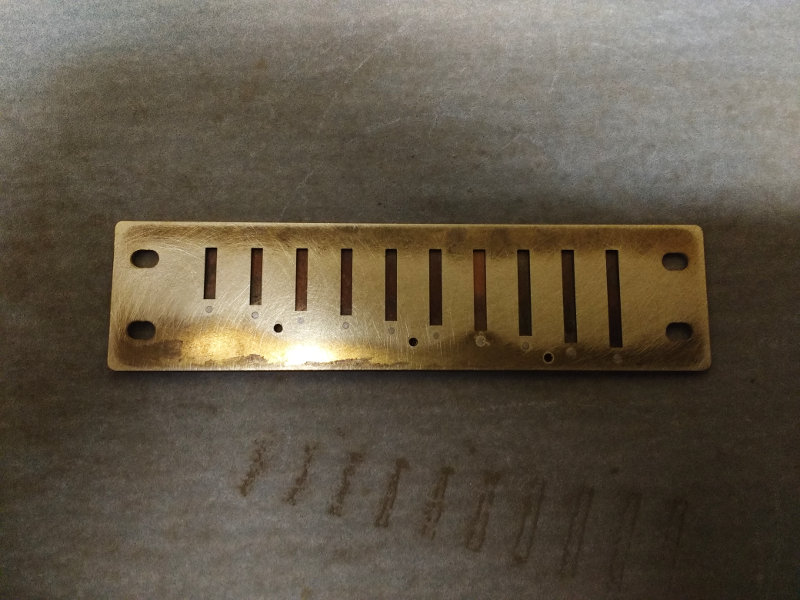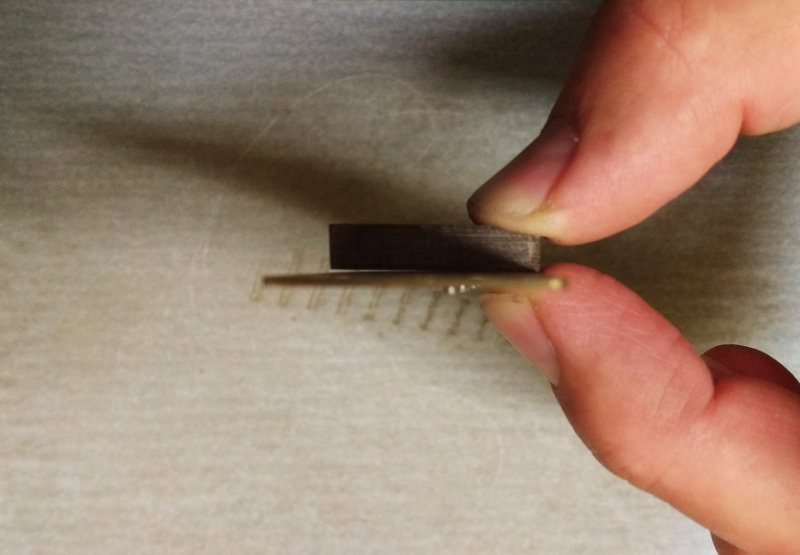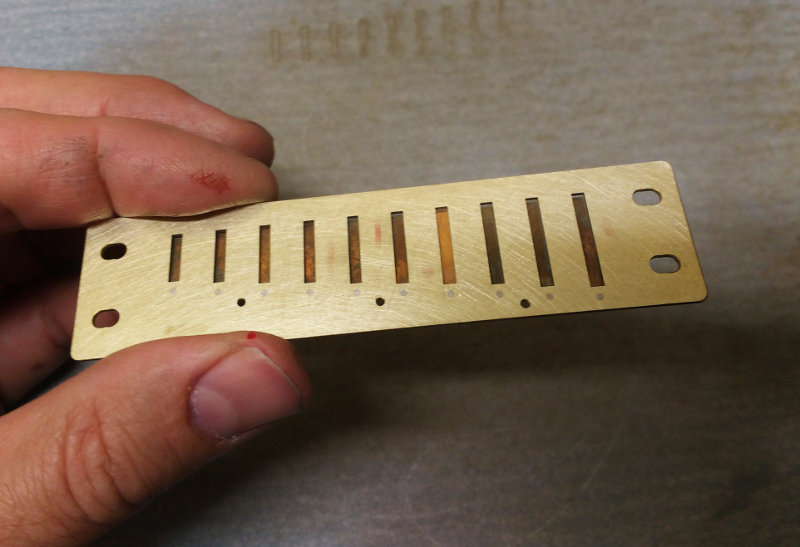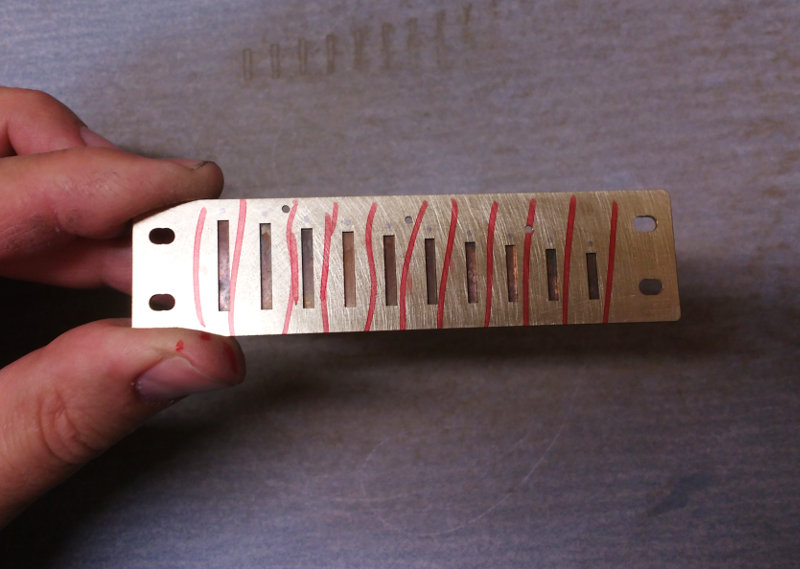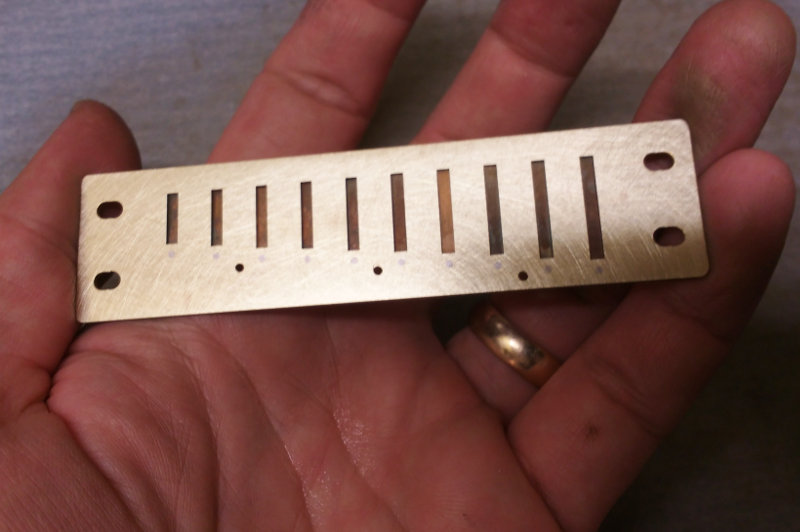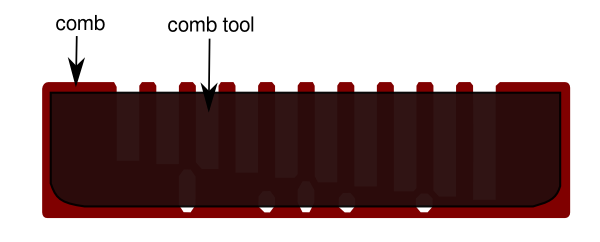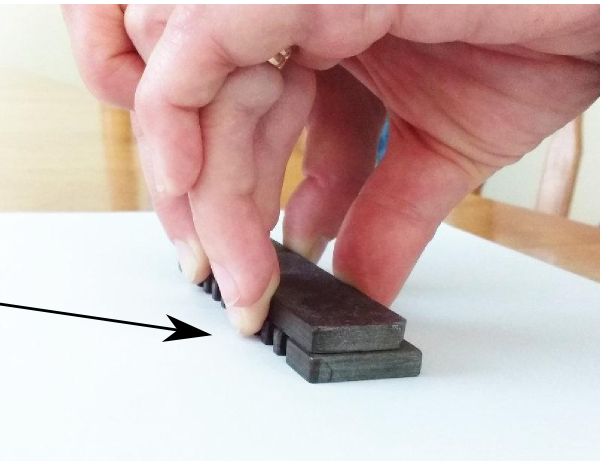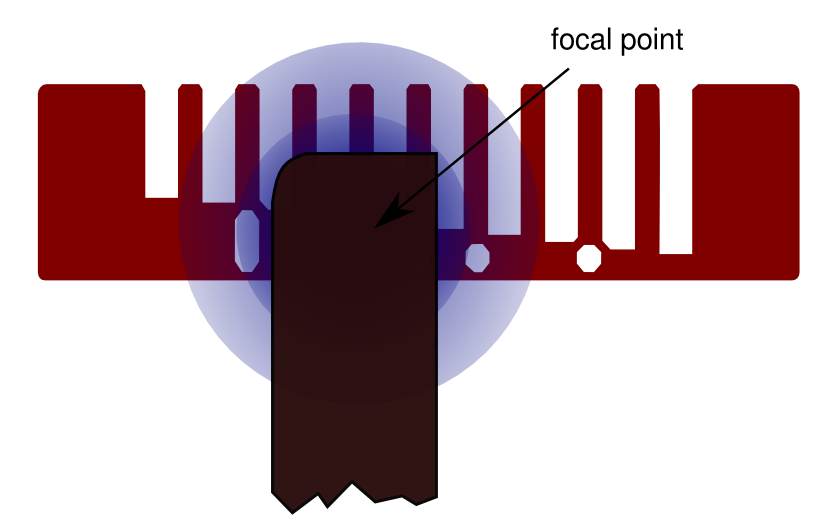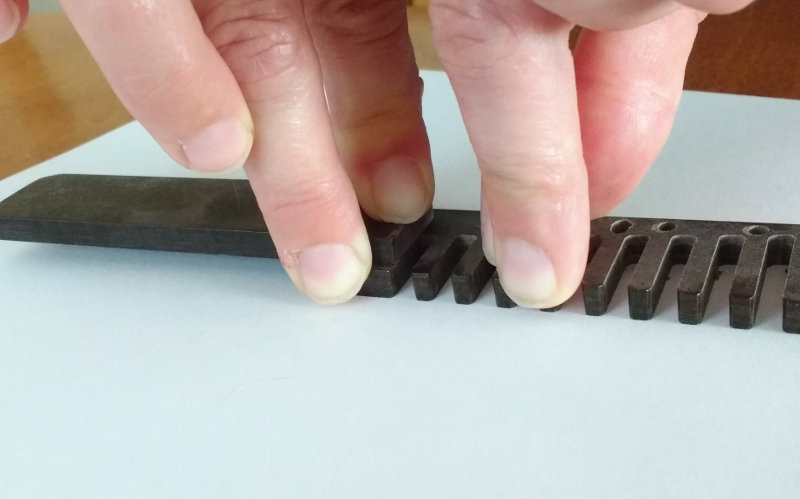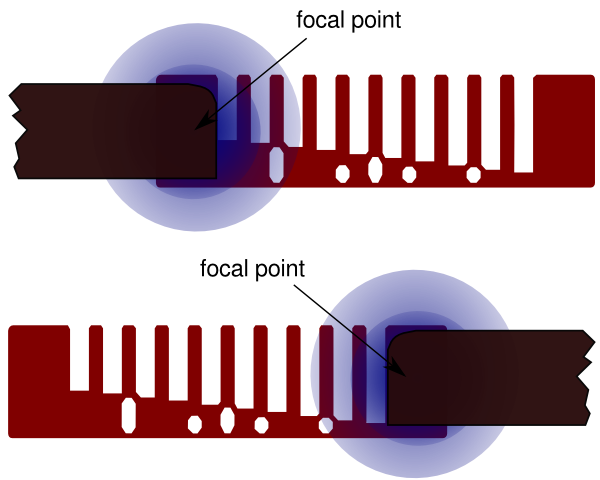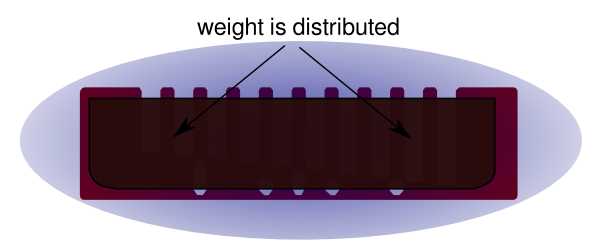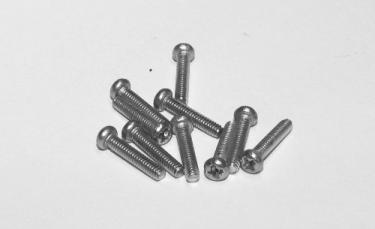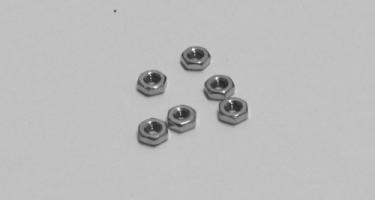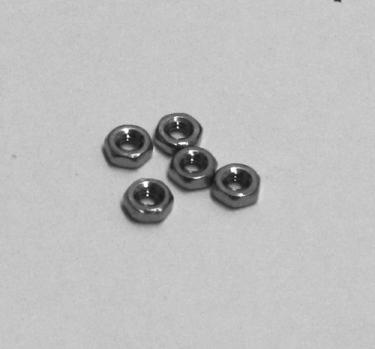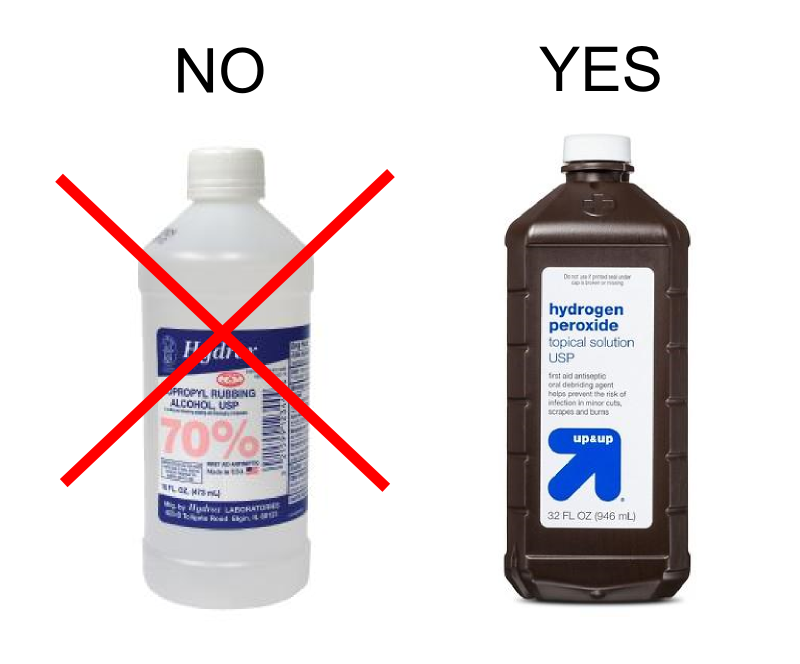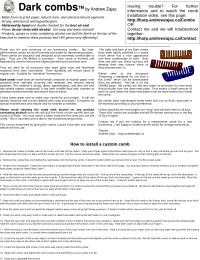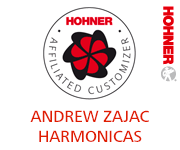Frustrated Player: I bought a new harp and the reeds are stiff.
Me: You find the reeds feel stiff? The major brands' reeds usually work very well. They may have a different feel, but they shouldn't be stiff. I think something else is going on.
Frustrated Player: It's the reeds. In fact it's mainly the 2 and 3 draw reeds. I tried gapping them but that only made it worse!
Me: Often when a harmonica is leaky, it feels just like the reed is stiff because we need to use a lot of effort to get it to play, but the real problem is that there's not a lot of air getting to the reed. The reeds are fine. But since we can't see what's going on as we play, the sensory feedback is the same as if the reed really was stiff.
I get the feeling the only thing the person is hearing are sounds that come from the adults in Charlie Brown:
"Waugh Waaugh WAAaa WAAAAaa...."
Frustrated Player: It's a (insert any and every Make/Model here). I read on the internet they are all stiff.
Me: I'm sure we can fix it.
Frustrated Player: Okay. Here. I forgot to mention, I tried embossing but that didn't work.
Me: Really?
Frustrated Player: Embossing didn't do anything so I just kept embossing until the reed got stuck. I freed it up but now it buzzes. And it's still stiff. It's the reeds on this (insert any and every Make/Model here)!
I take the harp apart and we check the flatness of the reed plates and comb. We either correct or replace the comb. We flatten the draw reed plate using a flat surface and some sandpaper and we straighten the blow plate using the F tool™ and French Tuner™. The whole process takes about five minutes.
I carefully eliminate any dust particles from the inside of the harp and reassemble it. I deal with the over-embossing and zealous gapping. I hand the harp back to the disgruntled player.
Formerly Frustrated Player: Wow! This person is visibly pleased.
Me: Are the reeds still stiff?
Formerly Frustrated Player: Do-Diggetty Wah Wahh. (Can't talk with the harp in mouth except to say "thank you!")
I'm not making this up. This happens to me *all the time*.

